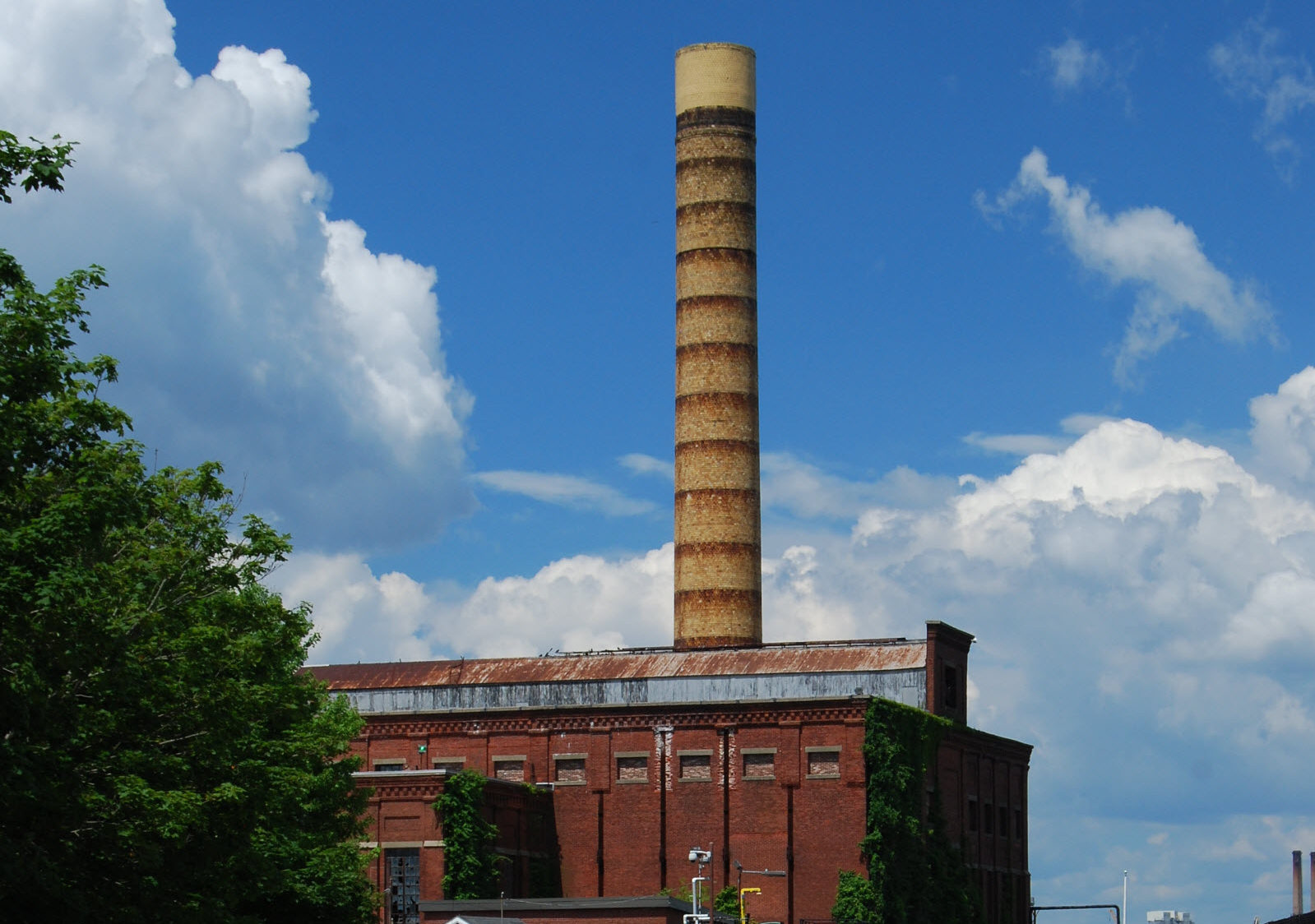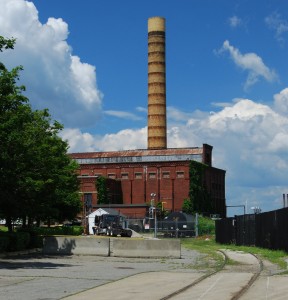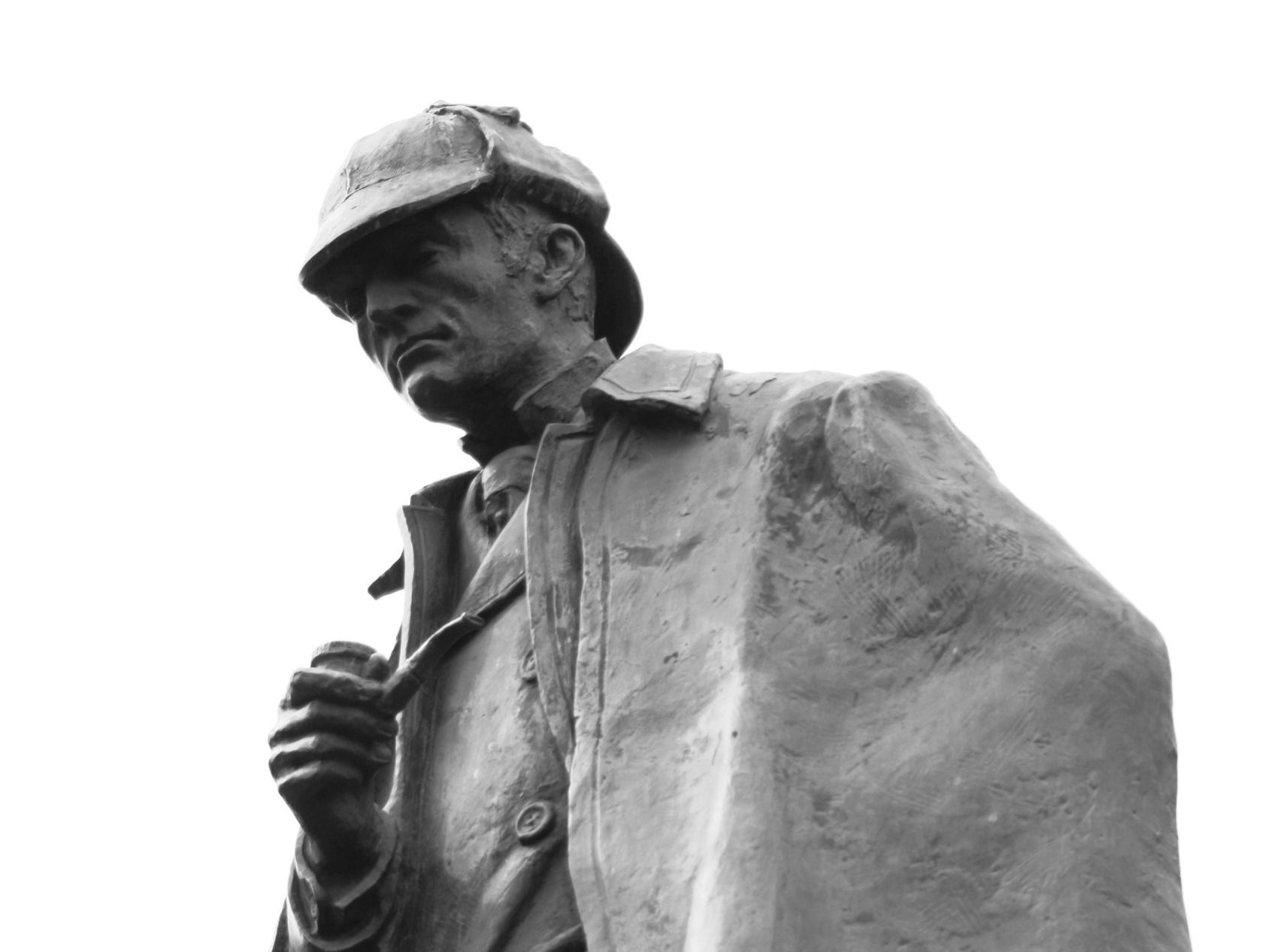Today marks the last day of Asbestos Awareness Week. However, the effect educating oneself and sharing information with loved ones will have a lasting impact. Share these facts with your loved ones, friends, and community to bring awareness to the dangers of asbestos.
Question #1: What is asbestos?
Asbestos is a naturally occurring microscopic mineral that can be a health hazard when it becomes friable or brittle. When asbestos fibers are disturbed and become airborne, they can be very easily inhaled. When asbestos is inhaled, its sharp and rigid fibers stick in the soft tissue of the respiratory system and can lead to the development of mesothelioma and other forms of cancer.
Question #2: Where is asbestos found?
Asbestos is a common name for six naturally occurring silicate minerals. Because of its highly desirable commercial uses, asbestos was used in many schools, homes, commercial and industrial buildings, large manufacturing parts for ships and water sewage plants etc. With asbestos being used in more than 3,000 consumer products it is still frequently found in kitchen tiles, ceiling tiles, outside house siding, and piping.
Question #3: Who is at risk for exposure to asbestos?
Asbestos exposure is widely known to be a risk only to the workers on a job site where asbestos was once used or is currently being used, like construction sites, industrial buildings with ceiling and floor tiles, building shingles, as well as ships who used asbestos spare parts to change large gaskets. However, secondhand exposure can occur to anyone when workers who come into contact with asbestos carry the fibers home on their clothing. Military veterans, teachers working in older school buildings, people who renovate older homes, firefighters, people living near asbestos manufacturing facilities and many others are also at risk for exposure to asbestos.
Question #4: Diseases associated with exposure to asbestos fibers
Over a period of time, these fibers can accumulate and cause scarring and inflammation, which can affect breathing and lead to serious health problems such as:
- Mesothelioma
- Asbestosis
- Lung cancer
If you believe you have been exposed to asbestos, you should inform your physician and ask if they would recommend any pulmonary function monitoring or further screening for asbestos disease.
The law firm of Galiher DeRobertis & Waxman honors the memory of the countless lives lost to asbestos disease. We are proud to represent clients with mesothelioma and their families. We fight hard to win compensation, justice, and accountability from the corporations that manufactured and sold this known carcinogen.





